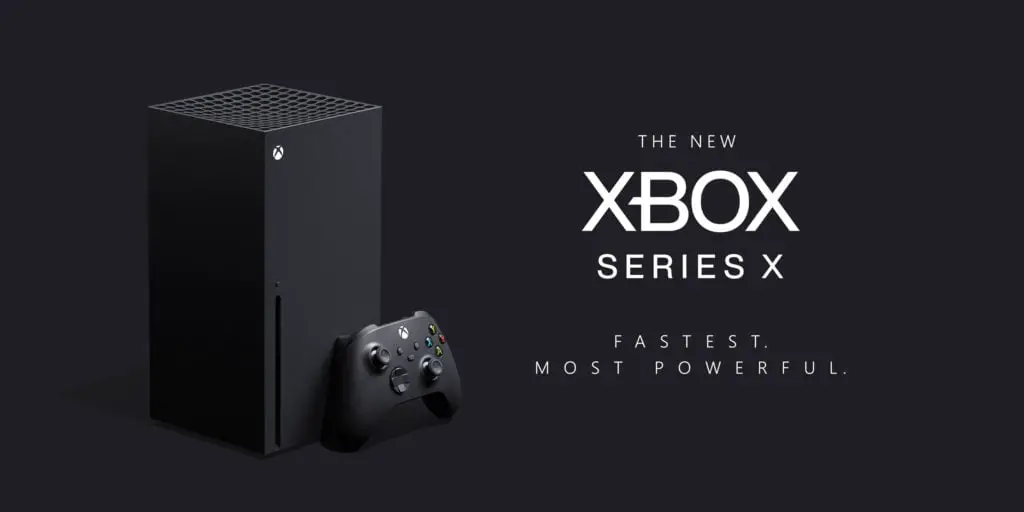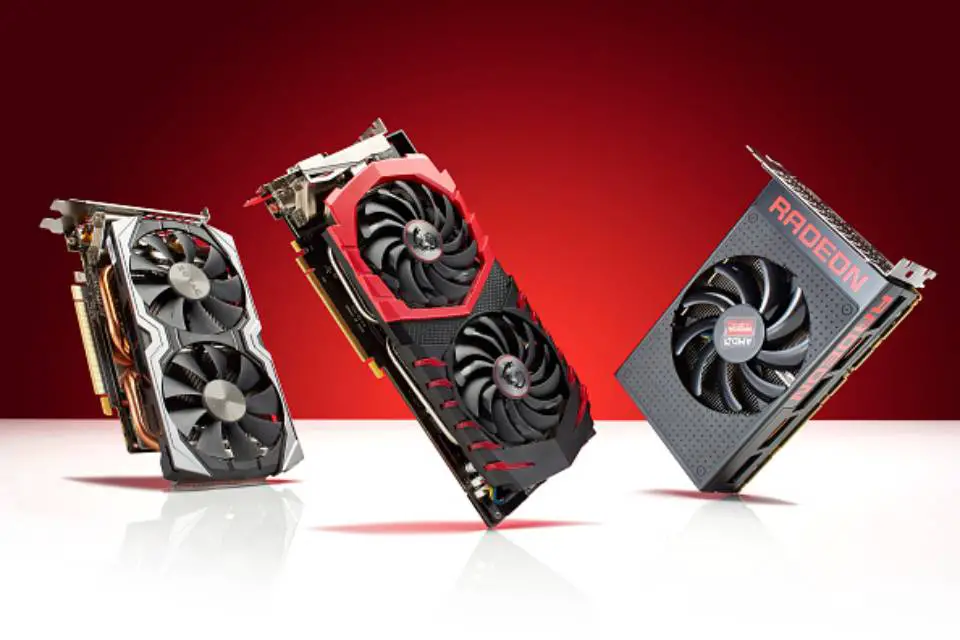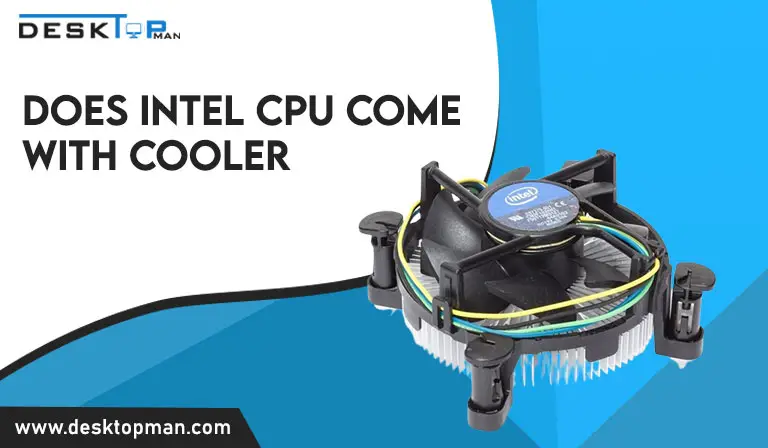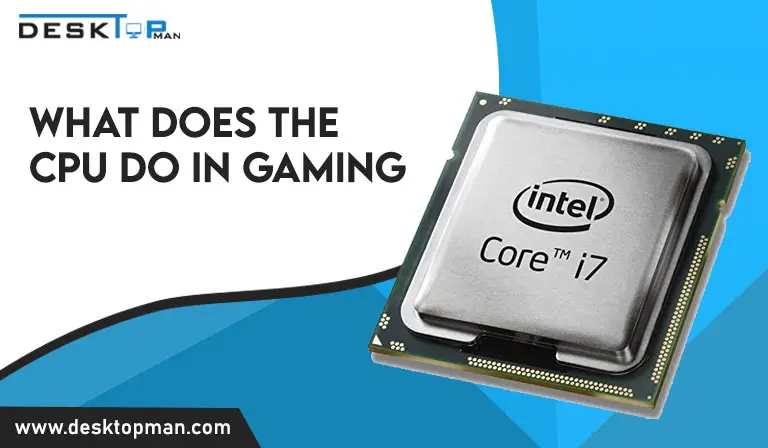What graphics card is in the xbox series x
The next era of gaming has begun, and by the end of the year, players will have a plethora of powerful alternatives to pick from. Microsoft’s top-of-the-line console is the Xbox Series X. The most important question asked all around the world is What graphics card is in the xbox series x.
The Xbox Series X, Microsoft’s next-generation console, will use a GPU based on AMD’s second-generation Radeon DNA architecture (RDNA 2) and will give 12 teraflops of graphical fidelity. That implies the Xbox Series X gpu is twice as powerful as the Xbox One X GPU and eight times quicker than the Xbox One GPU. What we’re more interested in is how it compares to PC graphics cards. Microsoft is most likely referring to single-precision floating-point (FP32) performance, as these measures are known to do.
The details and information about this new Xbox series are never-ending, let’s get into it.
Comparison

A console GPU against a PC graphics card comparison is not an easy and fair comparison. The Xbox Series X’s GPU is heavily modified, and the console is designed for gaming. however in certain sistuations if you ever face error with your graphic card , do check out our article on how to test your graphics card for errors. A PC, on the other hand, serves several purposes. Furthermore, creators tune their games for consoles to improve performance.
The Xbox Series X is capable of producing 12.1 Teraflops of computational power on paper. This compares to the Nvidia RTX 3060, which produces 13 Teraflops. The AMD Radeon RX 6700 XT has a similar overall performance of 12.4 Teraflops.
As per the news, the Nvidia RTX 3060 appears to have the same performance as the Xbox Series X. That is not the case in actual games, and we would not suggest this graphics card for 4K gaming. We wouldn’t suggest it for 1440p gaming either unless you’re interested in fiddling with a plethora of in-game options. you can also look at our article for suggesting for Best Graphics Card For Ryzen 9 3950x
The AMD Radeon RX 6700 XT, on the other hand, is excellent for 1440p gaming but is no match for the Xbox Series X and will not support 4K at 60 frames per second in most titles.
- Pricing: In terms of price alone, console gaming provides better value. The flagship Xbox Series X and PlayStation 5 are both slated to cost $499 when they arrive, while Nvidia confirmed that its top GeForce RTX 3080 alone will cost $699. Even though PC gaming promises to give far more power, the $699 investment will only get you a graphics card. Before you can start gaming, you’ll need to consider the cost of a CPU, RAM, storage, power supply, cooling solutions, a case, and other peripherals and accessories. These expenses mount up, and a high-performance setup might cost the same as a used automobile.
- Performance: In terms of raw performance, the GeForce RTX 3080 is the clear champion, with roughly three times the computing capacity of its nearest competitor. Nvidia claims that the RTX 3080 can do 29.7 TFLOPs, compared to the Xbox Series X’s 12 TFLOPs and the PlayStation 5’s 10.2 TFLOPs. Nvidia boasted 50 percent more CUDA cores to attain this level of speed, due to a more compact 8nm Ampere microarchitecture compared to the previous generation 12nm design utilized on Turing. Nvidia is also packing extra ray tracing and Tensor cores onto the card, as well as faster GDDR6X memory and support for RTX I/O, to enhance game loading times. Despite having the same 10GB of visual RAM as the Xbox Series X, the RTX 3080 is the only one of the three that supports the newer and faster GDDR6X memory standard.
In terms of raw performance, all three models are predicted to achieve significant performance improvements over their predecessors. Nvidia CEO Jensen Huang claimed that the RTX 3080 will outperform the previous generation RTX 2080. It has been claimed, but not verified, that Microsoft’s Xbox Series X would provide the same type of performance boost as the Xbox One X.
In 2020, all three rivals will use machine learning, DLSS, and ray tracing, which will aid in graphics upscaling and performance. . however if you ever face the need to remove graphic cards from pc , check out our article.
- Frame rates: Both Microsoft and Sony hinted that frame rates may reach 120 frames per second, while 4K at 60 frames per second appears to be the safer bet. Sony is also aiming for 8K capability, which Nvidia will enable on its much beefier RTX 3090 graphics card, but for mass consumers, it is guaranteeing up to 120 frames per second at 4K resolution. HDMI 2.1 compatibility is essential for achieving this degree of smooth performance, as this specification allows consoles to use auto low-latency mode, or ALLM, and variable refresh rate, or VRR.
- Gaming: It is one thing to study technical requirements to evaluate game performance, but it is quite another to play the games. Fancy gaming features have no bearing on your gameplay experience if the game is incompatible with the platform you utilize. That is why Microsoft and Sony prefer to produce proprietary titles for their respective platforms. As a result, it’s to your best advantage to research the games you can play on each system before making an informed decision on which system you’ll prefer.
Every system offers its own streaming platform choices, as well as a la carte games. Microsoft’s Game Pass offers a library of over a hundred titles supported by the system, as well as the ability to play any game on your computer or console. Irrespective of the network you pick, all three provide short opening speeds, allowing you to start gaming right away.
Loading times are now nearly non-existent thanks to improvements in technology. Nvidia’s RTX I/O, for instance, uses Microsoft’s DirectStorage on Windows to interact directly with the server, significantly speeding up the operations. This capability will be available shortly on both PlayStation and Xbox via the Series X Velocity system.
Lens into the real world
In terms of real-world performance, neither the Nvidia RTX 3060 nor the AMD Radeon RX 6700 XT are a realistic option for the Xbox Series X. Unless you dramatically adjust the settings, the RTX 3060 cannot achieve 60 FPS in contemporary 1440p titles. The RTX 3060 Ti, on the other hand, handles 1440p gaming well and can attain 60 FPS in most, though not all, games without major adjustments.
The AMD Radeon RX 6700 XT is also an excellent graphics card for 1440p gaming, although it falls short of the Xbox Series X GPU. Certain games could be run at 4K, but it would be difficult to maintain a consistent 60 FPS frame rate. In some games, a fixed 30 FPS is possible with the graphics card, but if you’re looking for a graphics card comparable to the Xbox Series X, a locked 30 FPS is unlikely to suffice.
Image quality is upscaled via technologies such as DLSS 2.0 and Fidelity FX, allowing you to attain greater FPS while staying near to your intended resolution. DLSS is a game-changing technology that can help you achieve 60 FPS at 4K and beyond. While support for this feature was restricted when the initial RTX cards were released, developers have begun to include it in their games.
Xbox Series X

Everything begins with the three pillars around which the next-generation Xbox is built: power, speed, and compatibility. Microsoft will undoubtedly have its message based on these pillars, but they also provide a good basis for our story.
The CPU is built on an improved version of TSMC’s 7nm process, which we hear includes a slew of technological advancements, including but not limited to the new EUV-based 7nm+. The chip itself is a 360mm2 piece of silicon (far smaller than we anticipated) that combines customized versions of AMD’s Zen 2 CPU core with 12.155 teraflops of GPU computational capabilities.
We receive eight CPU cores and 16 threads, as predicted, provided by two quad-core units on the silicon, with one CPU core (or two threads) allocated for executing the underlying operating system and the front-end shell.’ Microsoft promises a 4x gain in single-core and total throughput over the Xbox One X, and CPU speeds are astounding, with a top frequency of 3.8GHz. This is when SMT (or hyper-threading) is turned off.
Surprisingly, developers have the option of running with eight physical cores at the higher rate or all cores and threads at the lower 3.6GHz frequency. Those frequencies are entirely fixed and will not vary based on load or temperature, as Microsoft stressed multiple times throughout our visit.
The CPU core has been customized for security, power, and speed, and with 76MB of SRAM over the entire SoC, it’s logical to conclude that the massive L3 cache present in desktop Zen 2 processors has been decreased.” [Series X] goes above and beyond the PC norm in terms of developer capability and flexibility.
One of the most important things I’ve learned about the Series X silicon is not just its power, but also its design efficiency. We imagined a monstrously big, prohibitively costly CPU architecture with all of the new graphics features and the 12 teraflops of constant compute capability – in short, a very expensive console.
- Xbox Series X GPU: On November 10th, 2020, AMD released the Xbox Series X GPU, a high-end gaming console graphics solution. The system offers DirectX 12 Ultimate and is built on the 7 nm technology and based on the Scarlett graphics processor. The Scarlett graphics processor has a 360 mm2 device size and 15,300 million transistors. There are 3328 shading units, 208 texture mapping units, and 64 ROPs in total. AMD incorporates 10 GB of GDDR6 memory linked through a 320-bit memory interface. The xbox gpu operates at 1825 MHz, while the memory operates at 1750 MHz (14 Gbps effective). It has a peak power consumption of 200 W. The measurements of the console are 301 mm x 151 mm x 151 mm, and it has an igp cooling system. It was priced at $499 USD when it was first released.
Graphics Cards Suggestions

xbox series x graphics card is no doubt one of the best ones out there however if you’re searching for a low-cost solution, we recommend the Nvidia RTX 3070. When you consider the price to performance ratio, this is an excellent graphics card for 4K gaming. If money is no problem and you want the greatest possible experience, we recommend the RTX 3080 or RTX 3080 Ti graphics cards.
- Nvidia RTX 3080 Ti: The RTX 3080 Ti is very similar to the RTX 3090 with similar performance but the only drawback is that it has half the VRAM at 12GB rather than 24. That should not hinder your gaming experience even at 4K resolution. Interestingly the RTX 3080 Ti performs better than the 3090 in games such as F1 2020 and Forza Horizon 4 at 4K. The RTX 3080 Ti comes with 12GB of GDDR6X memory and a 384-bit memory bus, which means that you get 912 GB/s of memory bandwidth. The GPU has 10,240 CUDA cores and you can expect a 17% increase in performance as compared to the RTX 3080. The throughput of the card is 34.1 Teraflops. The reference design model has a base clock of 1365 MHz and can boost it to 1665 MHz.
- Nvidia RTX 3080: Nvidia’s recommendation for 4K gaming is the RTX 3080. The Ampere architecture and 8nm technology are used in the graphics card. The base clock speed of the reference design model is 1440 MHz, while the boosted clock speed is 1710 MHz. There are several custom variations on the market, thus the boost clock may be increased. Not to mention the possibility of overclocking right out of the box. The Nvidia RTX 3080 has a 320-bit memory bus and 10 GB of GDDR6X memory. The card can process 29.77 Teraflops because of its 8704 Shading Units, 272 Tensor Cores, and 68 RT Cores.
Conclusion: What graphics card is in the xbox series x
With cutting-edge technology, Xbox Series X provides a real generational jump in processing and graphics capability, resulting in better framerates, bigger, more complicated game worlds, and an immersive experience unlike anything seen in console gaming. And as this article talked about several things and What graphics card is in the xbox series x.


